Last Updated on February 3, 2023 by Amanda P. Brown
Cutlery refers to any hand-held item used to eat or serve food. Each piece of flatware, cutlery, and serving utensil is unique, including forks, spoons, tongs, and knives. It’s natural if you’re confused about which piece of cutlery is meant for which job, given the wide range of available options.
The fascinating combinations of cutlery that have emerged in recent times include knife + fork (knork), spoon + knife (spife), and spoon + fork (spork).
However, setting up your food displays will take much less time and effort if you have the right set of cutlery. This article will provide some ideas for customizing your table with Types of cutlery with pictures.
Types of Cutlery With Pictures
Table of Contents
Here is a comprehensive rundown of various types of cutlery, along with pictures and descriptions of their respective uses.
SPOONS
1. Dinner Spoon (Tablespoon)
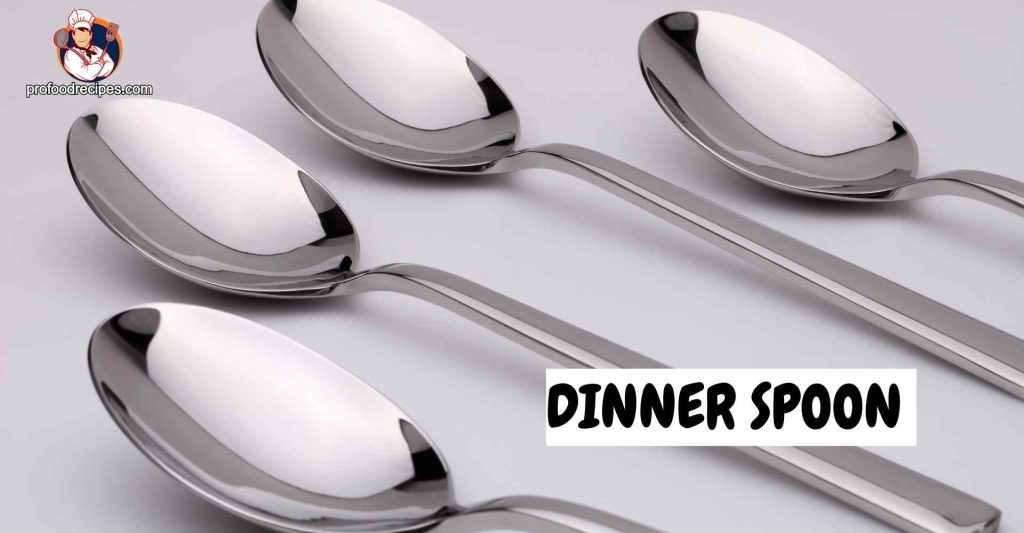
A dinner spoon can be used for almost everything at the table. The form of a tablespoon is often a shallow oval. Typically, the length of a dinner spoon is between 7 and 7 1/2 inches.
Uses: You can easily use a dinner spoon for a hefty helping of stew, for taking rice, or for curry. It’s always served alongside a matching-length dessert knife.
2. Dessert Spoon
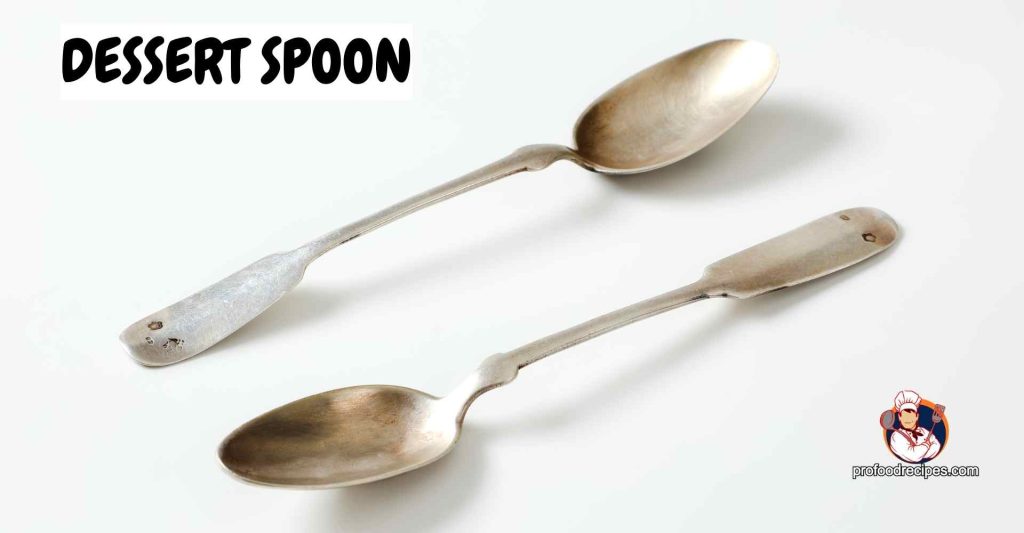
The bowl of a dessert spoon is typically more pointed than rounder. One defining characteristic is that its bowl is longer and more tapered than the standard oval. This spoon’s size ranges from very little to quite large, anywhere between a teaspoon and a tablespoon.
Uses: Despite their versatility, they are most suited for desserts, but they can be used for anything from cereal to the soup. A dessert spoon is served beside the dessert or put high above the plate at a formal dinner.
3. Coffee Spoon
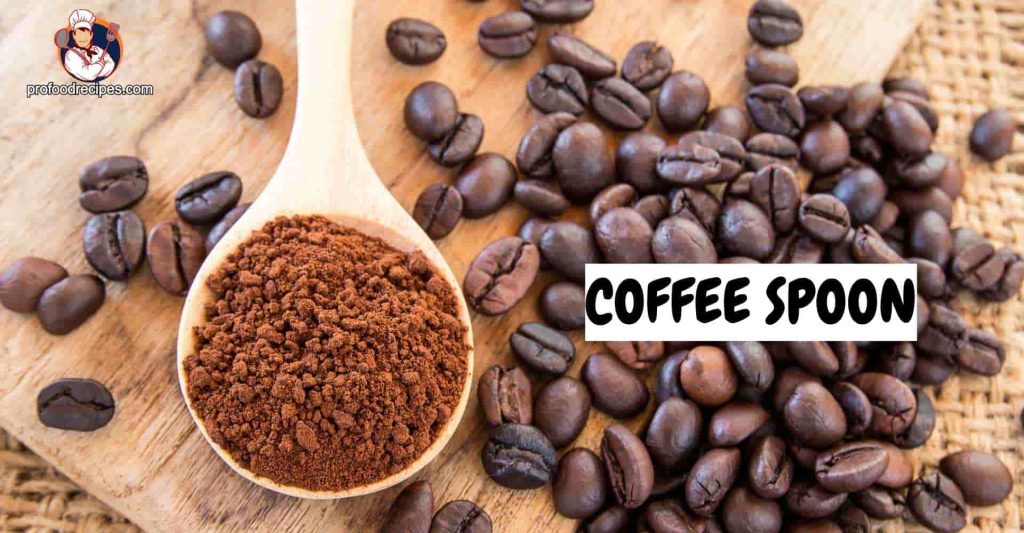
These are shorter and more compact than a standard dessert spoon but larger than a standard coffee measuring scoop. Silver, Plastic, or stainless steel are the materials most commonly used to make a coffee spoon.
Uses: A coffee spoon is specifically designed for stirring coffee and often comes as part of a coffee-specific service. This spoon is rarely seen outside of curated sets today. You can use this particular coffee spoon for drinking coffee with hot chocolate.
4. Demitasse Spoon
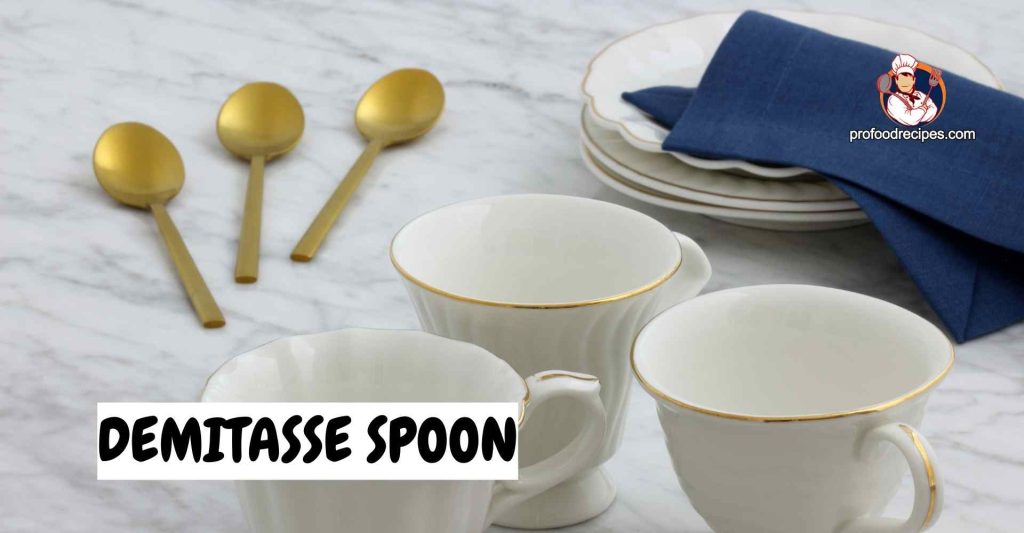
The European and American populations have adopted the demitasse spoon as their preferred cutlery. Tinier than tea spoons, these are perfect for your morning coffee (which are smaller than teaspoons). These cute tiny spoons are about 3 and 4 inches long (7.62 to 10.16 cm).
Uses: Demitasse spoons are combined with a teacup and saucer to mix sugar, milk, or cream into a hot beverage.
5. Soup Spoon

A soup spoon, also known as a serving spoon, has a wide, shallow bowl and a horizontal handle, somewhat like a ladle but at dinner spoon size. Spoons for soup come in a wide variety of shapes and sizes, but the two most common are the Chinese soup spoon and the British soup spoon.
Uses: Soup spoons with a large bowl and a long handle are ideal for eating heavy soups like seafood gumbo and chowders loaded with shrimp and other tasty additions.
6. Salad Spoon
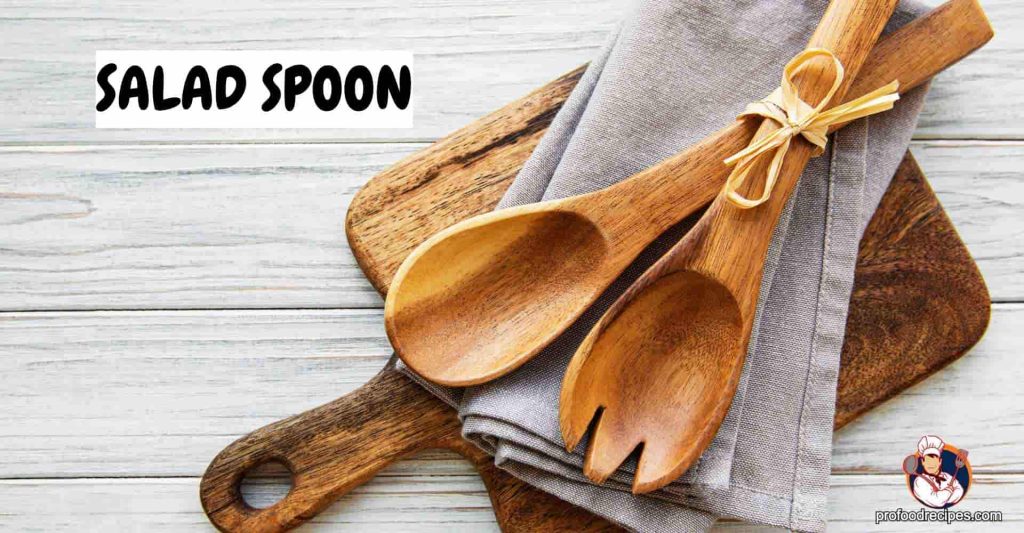
A serving spoon, a salad spoon, or a salad server is a big, long-handled spoon. Salad spoons are only one of the many variations on the traditional salad server set.
Uses: Salad spoons are used in conjunction with salad forks. When employed in tandem, this two cutlery can assist in mixing the veggies or salad, making it much simpler to serve.
7. Fruit Spoon
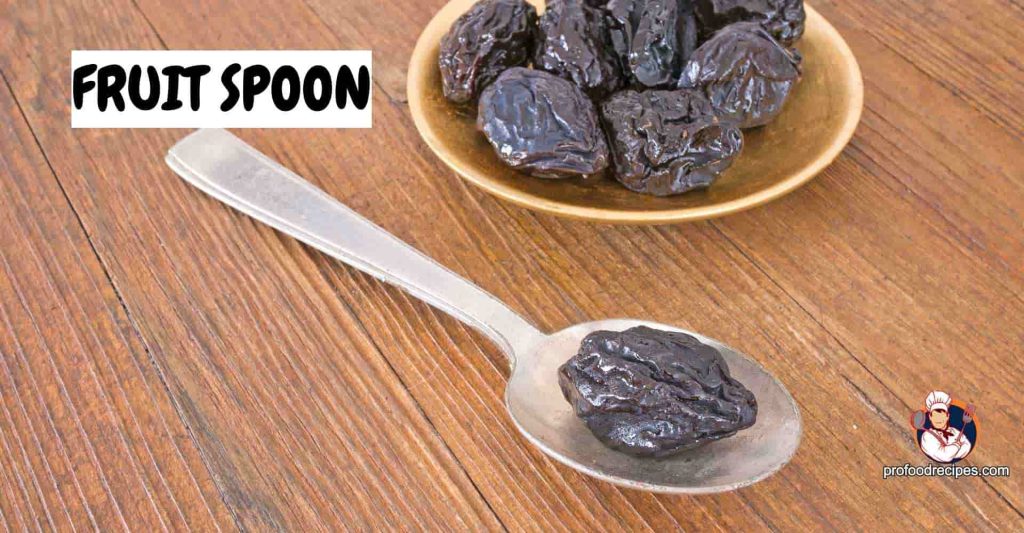
Fruit spoons, also known as grapefruit spoons, citrus spoons, and orange spoons, resemble regular teaspoons except for their pointed tips. When compared to tablespoons, fruit spoons are significantly smaller in size. The points of these spoons are sharp, and the bowls of the spoons are long and narrow.
Uses: When serving fruit courses and appetizers, fruit spoons are frequently located on the table with fruit knives and fruit forks.
8. Ice Cream Spoon
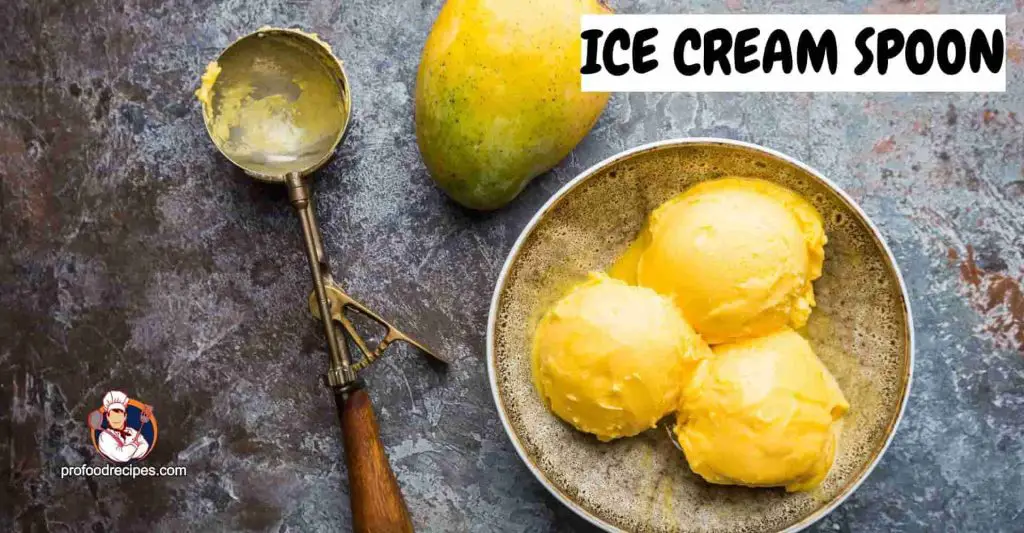
Depending on the number of guests and the bowl size, these compact, flat-rimmed ice cream spoons are available in medium and big sizes. The spoon used to eat ice cream is constructed of sturdy metal.
Since aluminum is a very good thermal conductor, the warmth of the hand using the spoon gradually melts the ice cream, making it much simpler to scoop.
Uses: Although it gets its name from its primary function, an ice cream scoop can also serve cookie dough and other similar thick foods.
9. Sugar Spoon
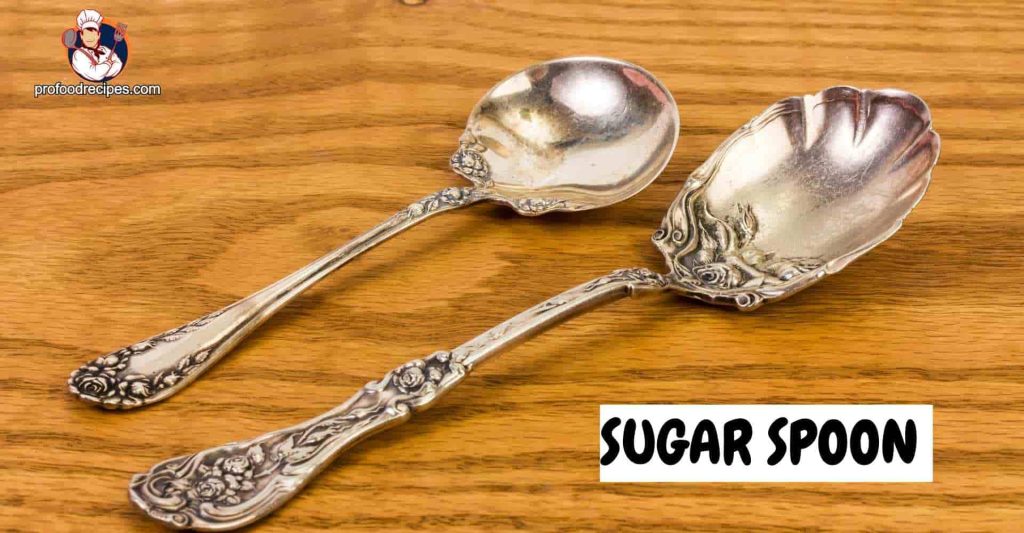
A sugar spoon is a formal piece of cutlery or flatware used with a cup of tea or coffee. It’s a spoon that looks a lot like a standard teaspoon but often has a deeper bowl and sometimes has squared or fluted edges.
Uses: The form of this spoon is made to hold a good quantity of sugar and to make it simpler to sprinkle the sugar out of the spoon as it is transferred to a container, such as a cup containing tea or coffee.
10. Bouillon Spoon
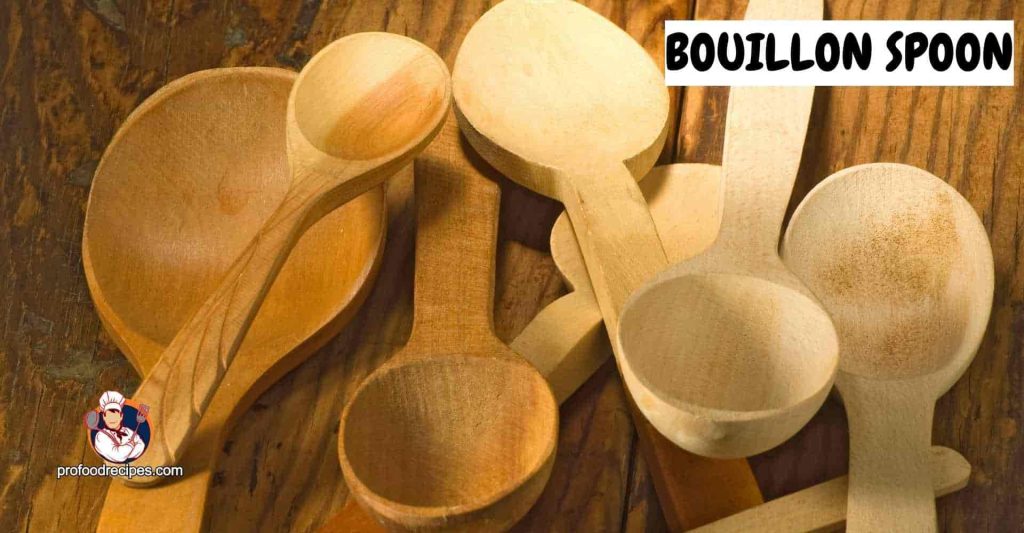
Most bouillon spoons have 5-inch or 5-and-a-half-inch long handles. This spoon has a round bowl instead of an oval one.
Uses: As the name suggests, a bouillon spoon is designed for clear, broth-based soups and jellied soups like madrilene.
FORKS
11. Salad Fork
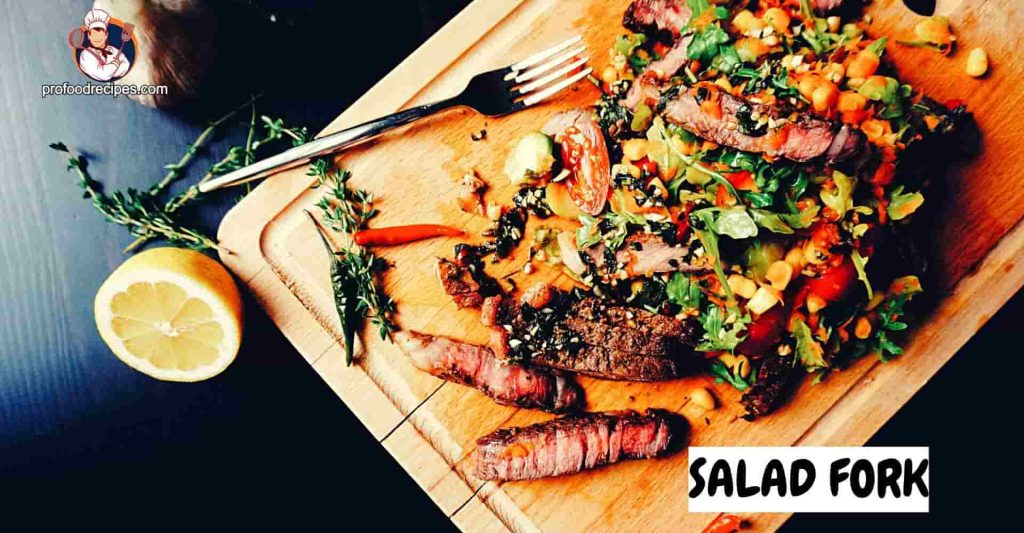
The salad fork differs in size and length from the standard dinner fork. It’s 6 inches long, and among its four cutting tines, the one on the left is noticeably broader and thicker.
Uses: Although lettuce is the salad fork’s primary intended purpose, it can also be used for other foods. The salad has a sharp edge that makes quick work slicing lettuce leaves and other salad vegetables. When the salad is served, this fork is set to the left or right of the main meal fork.
12. Table Fork
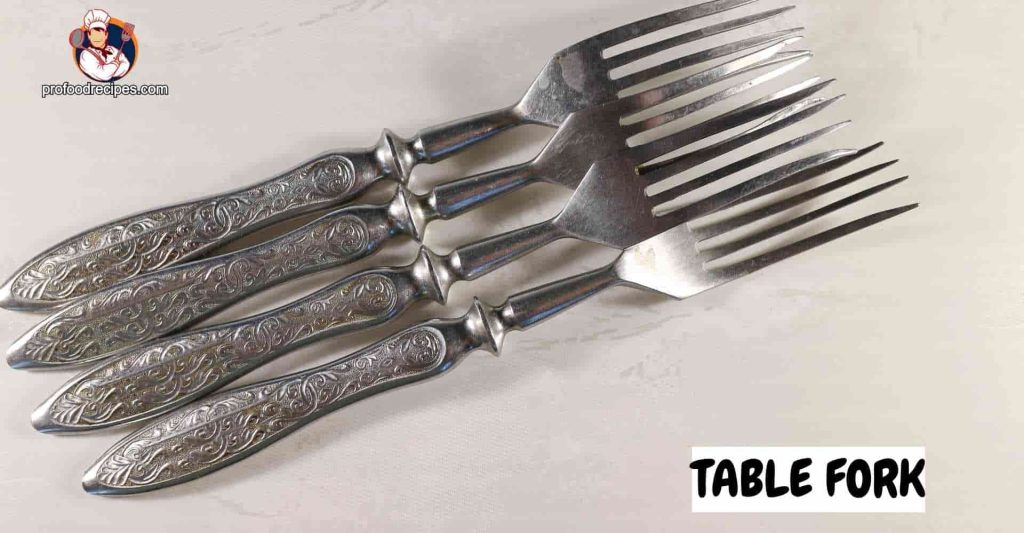
Table forks, one of the most frequent types of forks in the kitchen, are typically manufactured with four prongs, much like a dinner fork. You can buy them in regular to extra-long lengths according to your need.
Uses: A table fork has many applications. It will be handy when you need help eating things like meat, rice, vegetables, pasta, and dessert. This cutlery is better suited for a casual dining setting.
13. Dinner Fork
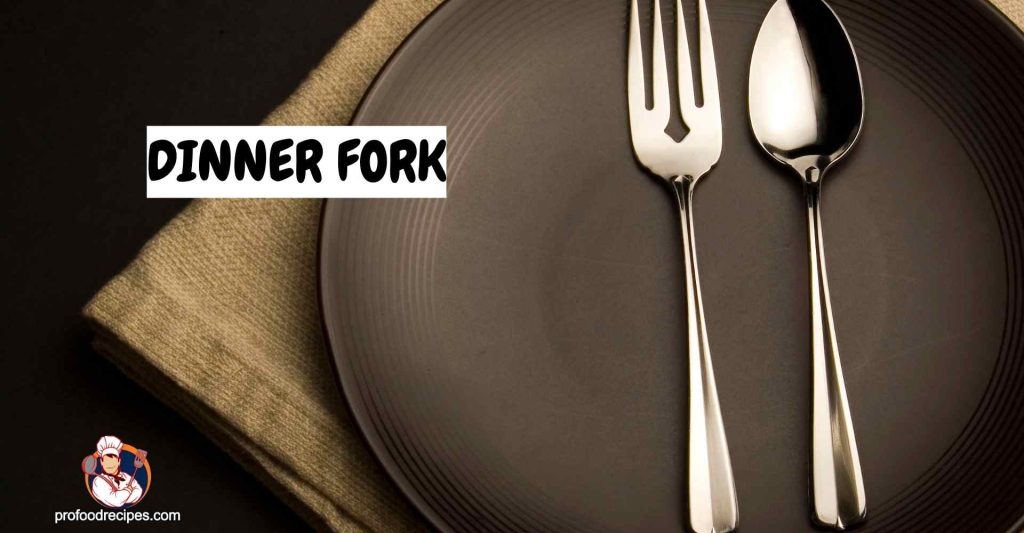
A dinner fork is characterized by four prongs of roughly the same length. This particular form of the fork is also the largest fork in the set of flatware used at the table. The place fork is another common name for this eating cutlery.
Uses: Dinner forks are designed primarily for spearing meats and other main course items. This fork is appropriate for use at both casual and formal dinners.
14. Dessert Fork

This fork, also known as a pastry fork or pie fork, is smaller than the salad fork. This fork has three or four prongs, the middle one somewhat smaller than the rest and the left one significantly bigger and flattened.
Uses: The dessert fork is designed so that the user may hold a dish in their right hand while using the left edge to cut into the pastry. You can keep the dessert fork on the dish above the main course or bring it out with the dessert.
15. Fruit Fork
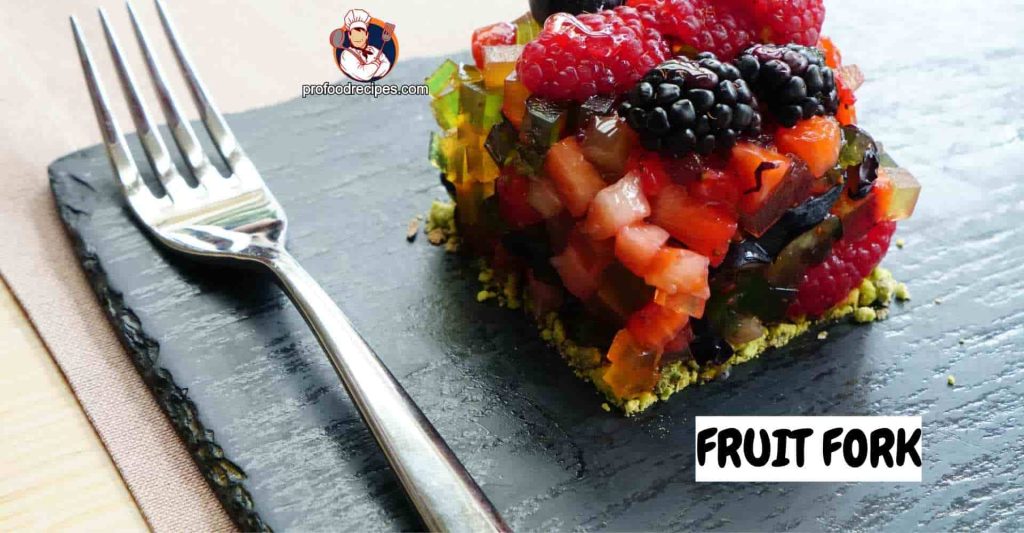
In Europe, it is common practice to use a fork when eating fruit. In most restaurants, you may find a fruit fork next to a fruit spoon or a fruit knife, making it a breeze to cut and serve fruit. Typically, a fruit fork has two, three, or even four slim prongs to pick up the fruit.
Uses: You can use this fork to eat a wide range of fruits, as suggested by its name. Until you pop those little spherical fruits into your mouth, you can hold them with this. Also, this fruit fork is particularly handy for eating a variety of sliced fruits out of a fruit cup or a large bowl of fruit salad.
16. Fish Fork
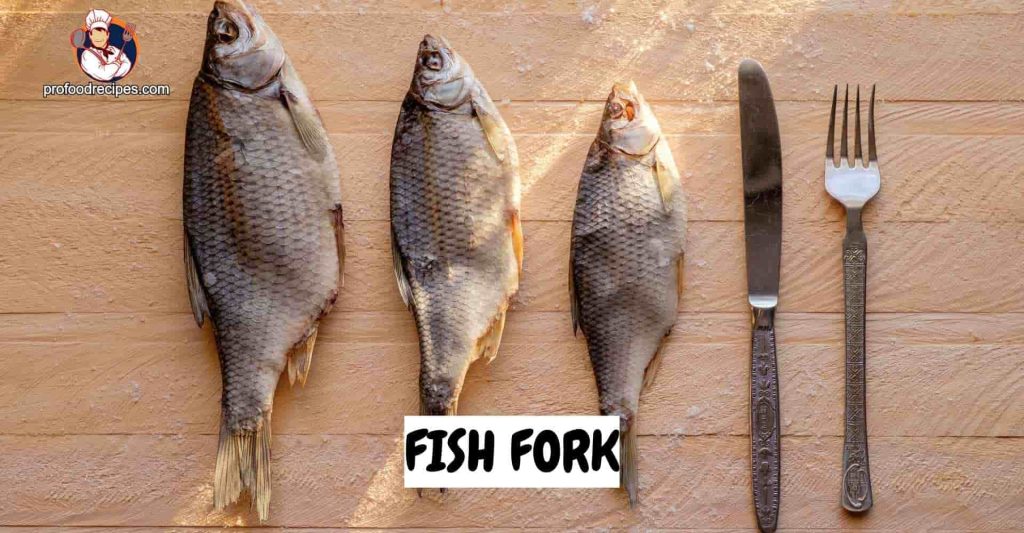
Depending on the design of the flatware set, a fish fork may have three or four prongs. Most fish forks have slightly longer tines on the left side, making separating the flesh from the skin and bones easier.
Uses: Fish forks are made specifically for cutting and piercing fish. A fish fork helps to eat a fillet or a whole fish. The fish fork is commonplace on a formal dinner table.
Read More: What is a Chop Plate or Charger Plate?
KNIVES
17. Bread Knife
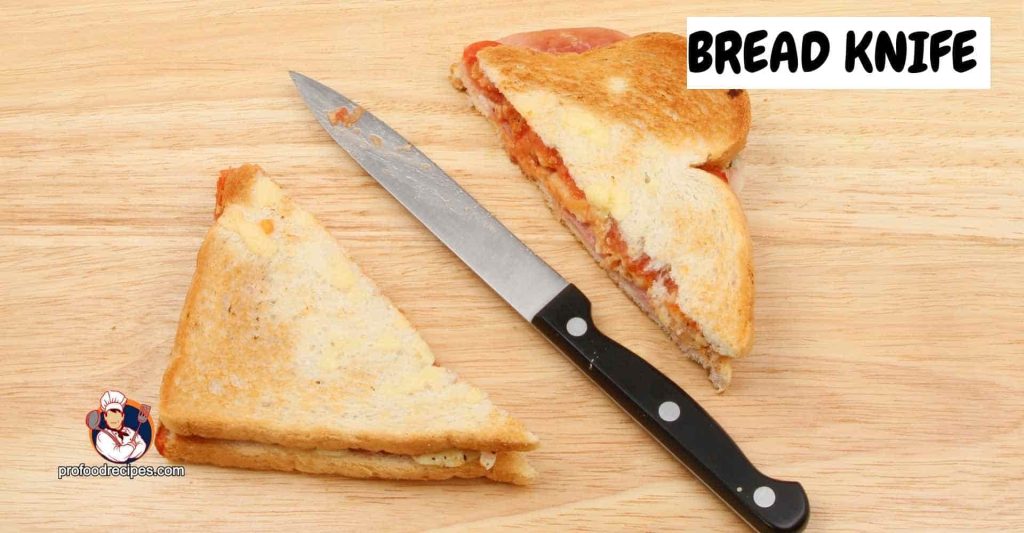
A bread knife is a kitchen knife specifically designed for slicing bread. Bread knives are typically between 8 and 10 inches long, and the serrated edge can range from moderately to extremely jagged, depending on the intended use.
Uses: It has a long, serrated blade that can cut through the soft interior of a loaf of bread without squashing it. Some bread knives also have a forked tip, which is useful for picking up sliced bread or other baked goods.
18. Cleaver Knife
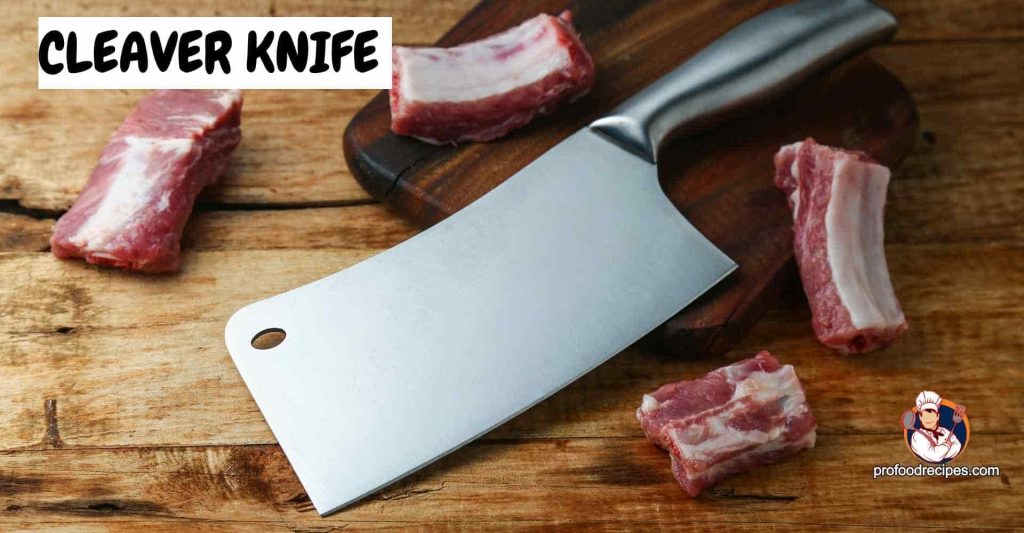
A hefty kitchen knife with a wide, rectangular blade is known as a cleaver. A cleaver is useful in the kitchen because of the powerful cutting motion made possible by its weight and heaviness. Cleavers typically include a high-carbon stainless steel blade and a robust handle for safe and comfortable use. Some are huge and cumbersome, while others are much lighter and easier to carry.
Uses: Cleavers are useful for various jobs because of their wide, flat blade. These include chopping vegetables, mincing garlic, and smashing nuts. In addition to cutting through bones, a cleaver knife can smash garlic or ginger.
19. Dinner Knife
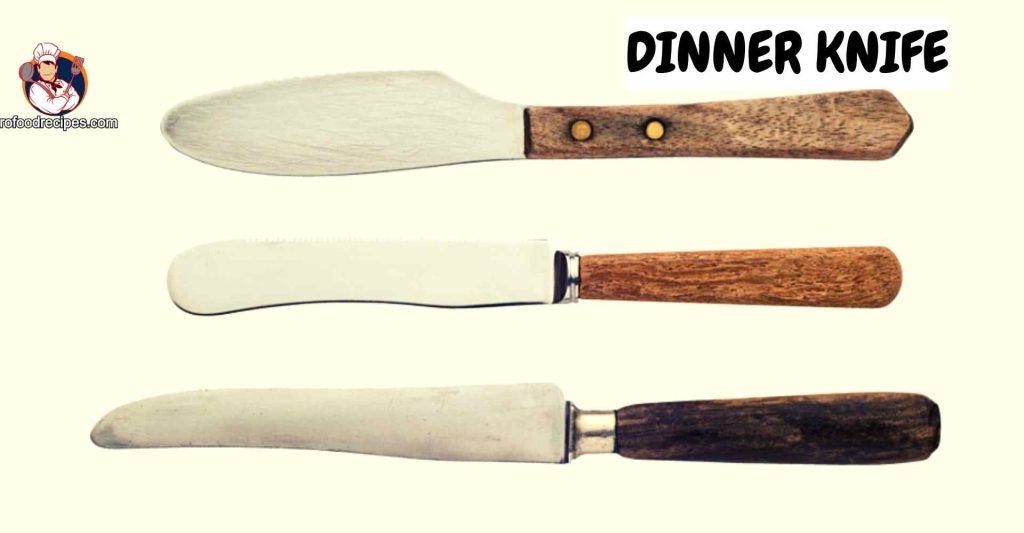
It’s common for the dinner knife to be the largest piece of cutlery in the set. It has a broad blade with a little curvature and a thin serrated edge. When purchasing a cutlery set, such as dinner forks and spoons, you can notice that this knife is also included.
Uses: At formal and casual dinners, it is a versatile cutting tool and plate pusher. Commonly used at mealtimes throughout the day, dinner knives can easily slice through a wide variety of prepared dishes.
20. Boning Knife
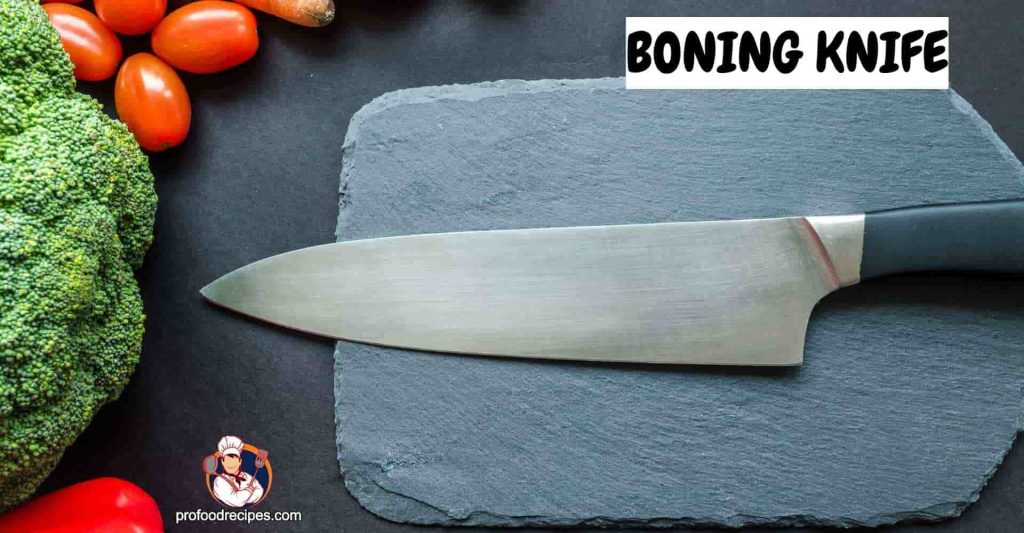
Boning knives are typically composed of high-carbon stainless steel to avoid breaking while bending and squeezing around bones. Its thin, pointed blade makes easy clean cuts, speeding up the process of removing flesh from bones. Boning knives typically have a blade length of 5 to 7 inches with a curved or straight shape.
Uses: The versatility of the boning knife extends beyond its primary function of deboning meat to include a wide range of other cuts and meat preparations.
21. Filleting Knife
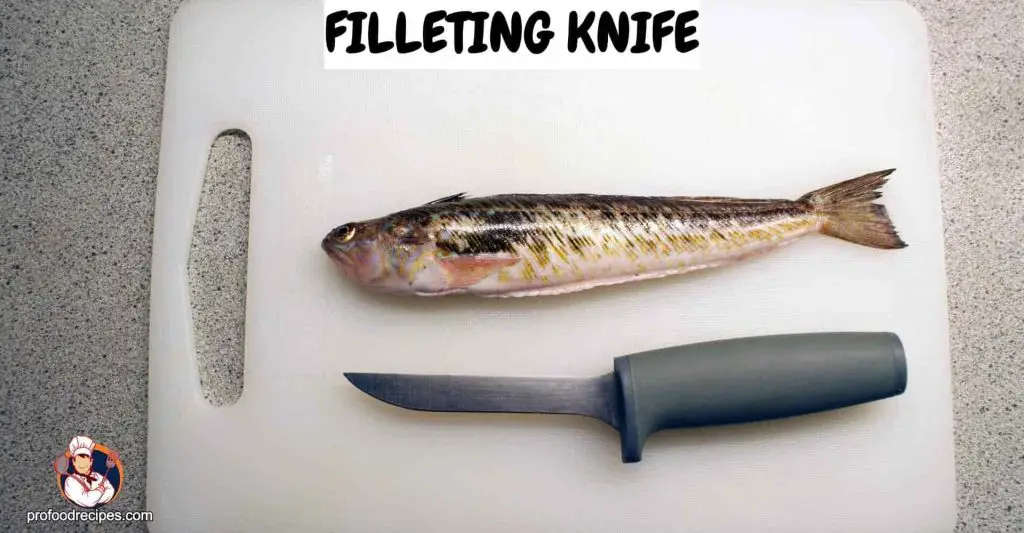
Generally, fillet knives are medium-hardness stainless steel blades. Their blade is also exceptionally delicate. More flexibility comes with a narrower blade, whereas a broader one restricts movement. Because of its adaptability, it’s less of a hassle to work with.
Uses: A fillet knife is necessary for quickly and efficiently filleting fish.
22. Chef’s Knife
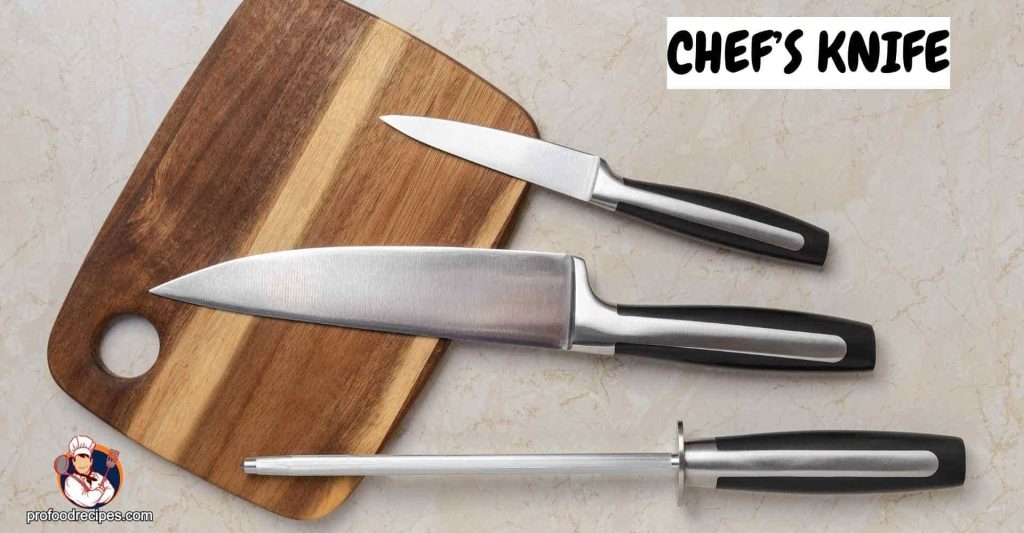
Many believe a chef’s knife is a must-have item in any kitchen because of its versatility. Knives used by chefs are often constructed of high-carbon stainless steel and are intended to last a long time while remaining sharp and balanced in hand. The handle of a chef knife should be designed to offer a secure grip and a stable base of operation. Standard blade length ranges from 8 to 12 inches.
Uses: The large blade of a chef knife allows it to do a wide range of cutting operations in the kitchen, including slicing, chopping, dicing, and mincing.
TONGS
23. Salad Tong
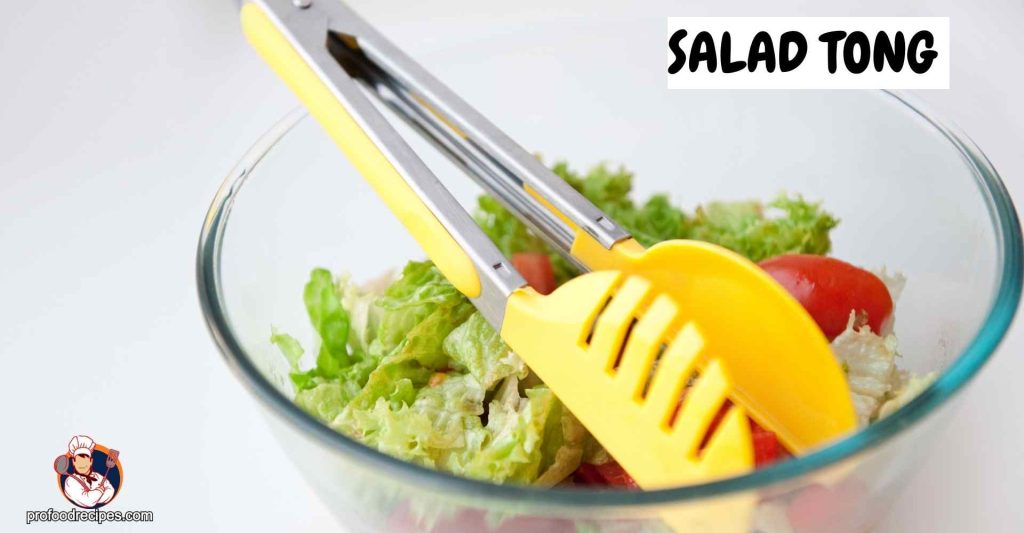
It’s common to find metal or plastic salad tongs with two long, flat blades hinged together at one end and rounded at the other for a secure grasp. They are ubiquitous in both domestic and public settings and can be found in a wide range of dimensions, materials, and styles.
Uses: The primary function of salad tongs is to serve and toss salads. A pair of salad tongs may be used for more than just mixing and turning the components in the bowl; they can also serve and show salads in a tidy and sanitary way.
24. Ice Tongs
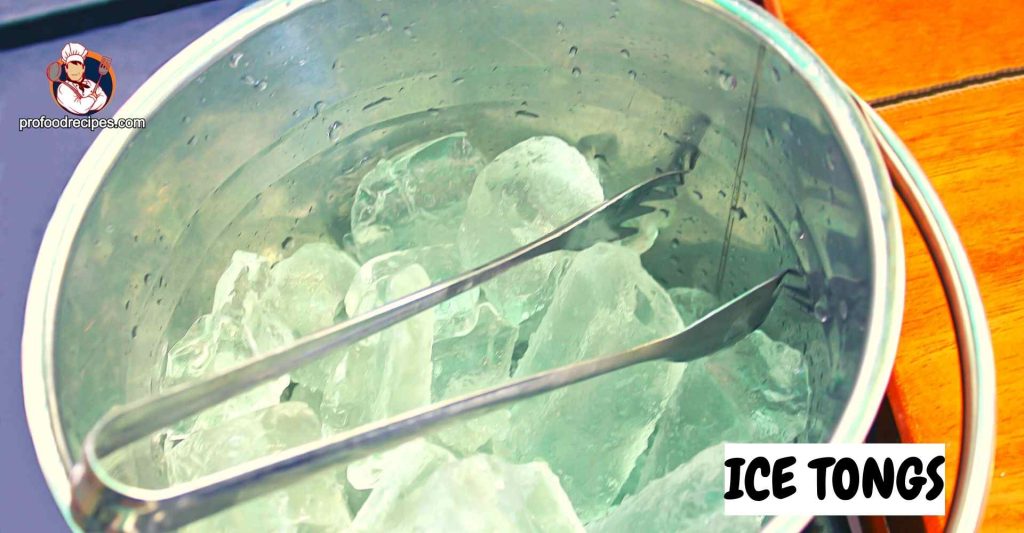
Ice tongs are precise tools consisting of two arms that may be brought together to provide a firm grasp. They come in various shapes and sizes and can be made of various materials (including metal and Plastic).
Uses: Ice cubes may be easily picked up and served with the help of ice tongs. Besides, ice tongs aren’t only for use at parties; they’re also handy for serving fruits, shellfish, and other items that need to be chilled on the ice at catered events and picnics.
25. Plate Tongs
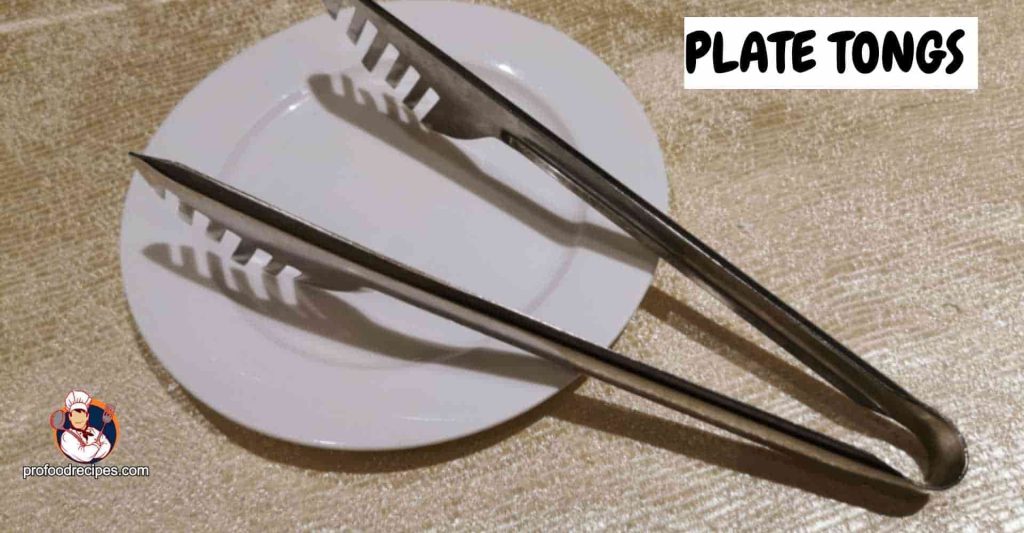
Plate Tongs contain two opposed arms that join together at the ends to produce a grasping motion. They are constructed of metal or Plastic. They are tiny small, that resemble larger tweezers.
Uses: Plate tongs grip and handle plates, bowls, and platters. They are designed to make it easier to serve food, especially hot or heavy dishes, without risking burning your hands or spilling the food. Also, they can be used for various purposes, including cooking with a pan or grill and turning food.
26. Buffet Tongs
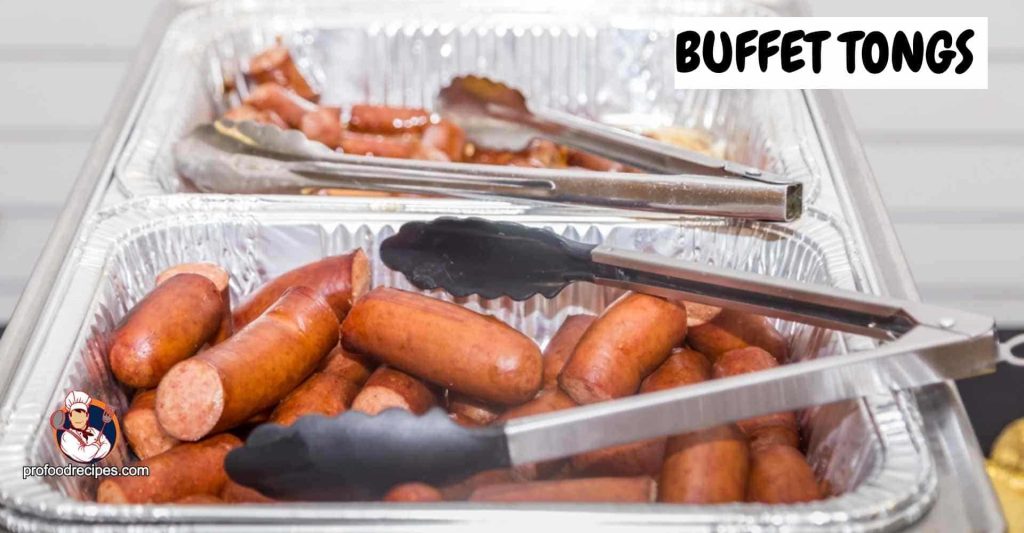
Buffet tongs are used in banquets, catering, and buffets. They come in a wide range of sizes, forms, and styles and may be produced from a wide range of materials like Plastic, stainless steel, and silicone. To pick up and serve food, they include two scissor-like arms with flat, scoop-like tips and are often constructed of metal.
Uses: Foods like salad, fruit, and spaghetti can be served with the help of buffet tongs.
Read More: Wok VS Frying Pan – Which One to Use?
Final Verdict
It can be confusing to choose the proper silverware, especially if you’ve never done it before. Avoid purchasing limited edition silverware while shopping for them, and aim to choose a set of sturdy cutlery that will last you longer. The best option for cutlery on the market is stainless steel. However, I hope the article about the Types of cutlery with pictures above will help you make the greatest use of them.
You May Also Like to Read:
- Different Types of Dinnerware and Their Uses with Picture
- Different Types of Bowl Shapes and Their Uses
- 7 Best Water Bottle Storage Ideas
- Carbon Steel Vs. Stainless Steel Pan
